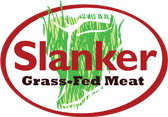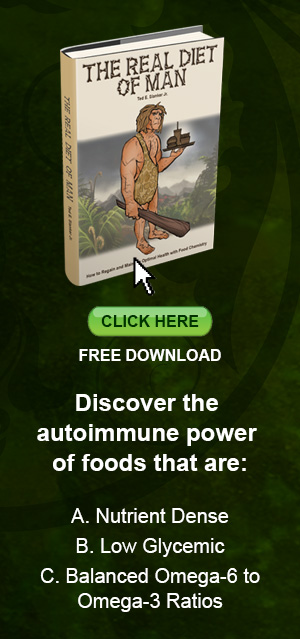Grass-Fed Meats Can Be Seasonal
Meat is not a seasonal food. For all of time it has been the vegetables, fruit, and nuts that are really seasonal in their supply. Animals were always around which is why meat was the primary food of early man.
Modern production agriculture has seen to it that all types of food are available at all times. Therefore the American food consumer has grown accustomed to having what they want, when they want it. The shipping of perishable foods from one hemisphere to the other has created a picture of abundance, luxury, and power in what are actually very seasonal crops. This is a good thing. But sadly, production agriculture accomplished most of its goal for abundant, cheap, and convenient food with mostly grain-fed and grain-based production methods. Consequently the American diet, although seemingly diverse, is so based on grain that it is mostly nutritionally deficient in the essential Omega-3 Fatty Acids and other important nutrients our bodies require while being overdosed with Omega-6 fatty acids.
Grain-fed beef is a good example (one that is replicated in the production of nearly all American meat, dairy, and poultry products) of a cheap, convenient, and nutritionally deficient food product. Young cattle are taken off pastures and put in huge feedlots where they are fed a diet that is up to as much as 80% corn. With that diet they will double in size in about 200 days. Too bad the grain is a feed that is not only unnatural for livestock but it differs nutritionally from grass. Therefore, the beef from the grain-fed cattle differs nutritionally from what man requires.
The major advantages of grain-fed beef is that huge numbers of cattle can be fed at a time, they grow fast and fat on grain, the grain is brought in by the car loads, the cattle are shipped in and out by the truck loads, the cattle are finished at all times of the year, the packers can process the cattle by the thousands on a daily basis every day of the year, and the meat products are delivered to the grocers by the millions of pounds on a daily basis. The downside to all this efficient and consistent production is that grain-fed beef is nutritionally deficient. The upside is that it is cheap and convenient.
Grass-fed meats come from critters raised on pastures where they are never fed grain, grain cubes, or protein licks (which are grain-based). In some cases, when pastures are not highly productive, the critters destined for the table are supplemented with grass and alfalfa hay. Since the meats we market come from critters raised on grass (a "crop" that varies with the seasons) or at times hay, it's impossible to produce a product with exactly the same qualities 12 months a year.
There are not yet that many livestock producers in the United States who raise critters to an appropriate processing weight solely on grass. When so few critters are harvested at a time, some meat cuts are in very short supply. For instance there are only two flank steaks, two briskets, and two skirt steaks in every steer. So we try to spread those "rare" cuts around by limiting how many a customer can order at one time.
The most difficult grass-fed livestock species for us to keep in stock are the lambs, goats, and pigs. We expect lamb production to improve as time goes by, followed by pigs then goats. But we are talking here about a multi-year process.
This may help you understand why it's best when aficionados of grass-fed meats have freezers and plan ahead when they make their purchases. Not only do they gain discounts and less expensive shipping costs with larger orders, but they can stock up on particular cuts we have more difficulty keeping in stock.




